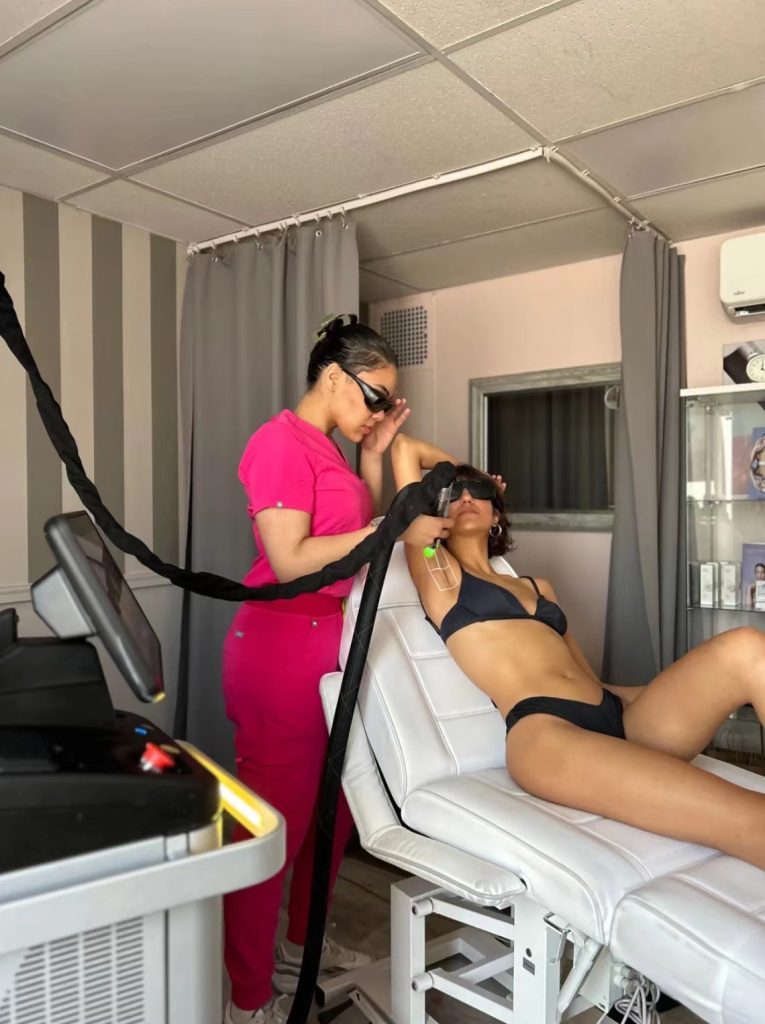Hair removal in private parts is a personal and often sensitive topic that involves a delicate balance between individual choice and comfort. While hair removal practices have evolved over time, the decision to remove or maintain hair in intimate areas remains a deeply personal one. This essay aims to explore the motivations, methods, and considerations associated with hair removal in private parts, while highlighting the significance of informed choices and self-acceptance.
Cultural and Societal Influences
Cultural and societal norms play a significant role in shaping perceptions of body hair and grooming practices. Different cultures and historical periods have embraced varying attitudes towards body hair, which has influenced individual preferences. For instance, some societies consider hairless skin in intimate areas to be a symbol of hygiene, while others view it as a matter of personal aesthetics.
In recent years, media, fashion, and popular culture have also played a role in promoting certain beauty standards that influence hair removal practices. The prevalence of smooth and hairless bodies in advertisements and media portrayals can lead to a perceived expectation of hairlessness, especially in private areas.

Motivations and Considerations
The decision to remove or keep hair in intimate areas is driven by a combination of motivations, including personal comfort, aesthetics, hygiene, and partner preferences. Many individuals choose hair removal as a way to enhance their self-confidence and feel more comfortable in their bodies. The sensation of smooth skin can be empowering and boost self-esteem.
Hygiene is another factor that motivates some individuals to engage in hair removal. It is believed that hairless skin in certain areas may reduce sweat and odor, making it easier to maintain cleanliness. Moreover, partner preferences and societal pressures may also influence an individual’s decision to remove hair in private parts.

Hair Removal Methods
Various methods are available for hair removal in private areas, each with its own benefits and drawbacks. These methods range from traditional techniques like shaving and waxing to more advanced approaches such as laser hair removal and electrolysis.
- Shaving: Shaving is a common and accessible method that involves using a razor to remove hair at the surface level. While convenient, shaving may lead to prickly regrowth and potential skin irritation.
- Waxing: Waxing involves applying hot or cold wax to the skin and removing it along with the hair. This method provides longer-lasting results than shaving but can be painful and may cause skin redness.
- Depilatory Creams: Depilatory creams contain chemicals that dissolve hair at the surface. They offer temporary results but can sometimes cause skin sensitivity or allergies.
- Laser Hair Removal: Laser hair removal uses targeted laser beams to destroy hair follicles, resulting in reduced hair growth over time. This method offers long-lasting results, but multiple sessions are required.
- Electrolysis: Electrolysis involves inserting a fine probe into the hair follicle and applying an electric current to damage the follicle’s growth center. It is considered a permanent hair removal method but can be time-consuming and may require several sessions.

Informed Choices and Self-Acceptance
While the decision to remove hair in private parts is a personal one, it is essential to make informed choices that prioritize both physical comfort and mental well-being. Understanding the potential side effects and discomfort associated with certain hair removal methods can help individuals choose the approach that aligns best with their preferences.
Equally important is the practice of self-acceptance and body positivity. Embracing one’s natural state, whether hairless or with hair, fosters a healthy self-image and challenges unrealistic beauty standards. It’s crucial to remember that body hair is a natural and normal aspect of human biology, and one’s worth is not determined by conforming to external ideals.
Safety and Hygiene
Regardless of the chosen method, safety and hygiene should be paramount when engaging in hair removal practices. Proper hygiene before and after hair removal can help prevent skin infections and irritation. Using clean and sanitized tools or seeking professional assistance ensures a safe and effective experience.

Conclusion
Hair removal in private parts is a complex and multifaceted practice that intertwines personal choice, societal influences, and individual comfort. Motivated by a desire for self-confidence, hygiene, and aesthetics, individuals choose from a range of methods to achieve their preferred grooming style. In this journey, it is essential to make informed decisions, prioritize safety, and cultivate self-acceptance.
Ultimately, the decision to remove or maintain hair in private areas is a personal one that should reflect an individual’s comfort and well-being. Striking a balance between societal expectations and personal preferences, while embracing self-acceptance and body positivity, empowers individuals to navigate their hair removal choices with confidence and grace.





